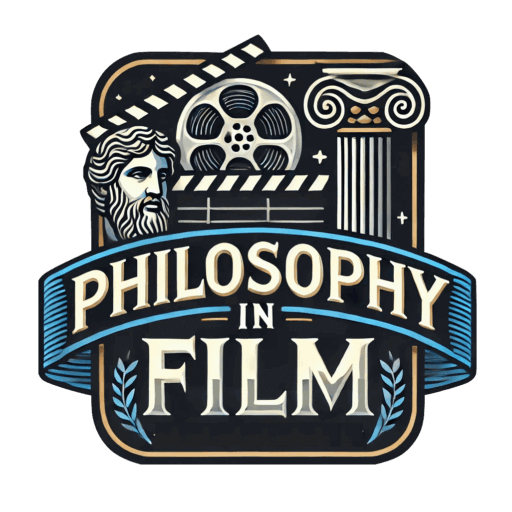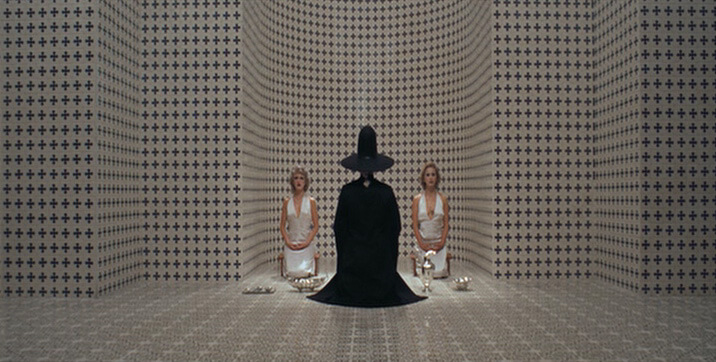Review: The Holy Mountain (1973) ★★★★
There are few films that embody the rejection of traditional artistic methods and Western moral presuppositions more than Alejandro Jodorowsky’s La Montaña Sagrada, or The Holy Mountain. Produced by Beatles manager Allen Klein (and partially funded by John Lennon and Yoko Ono), The Holy Mountain followed Jodorowsky’s much-lauded and controversial film, El Topo. These early works are characterised by surreal, often disturbing sequences, Christian symbolism, spiritual quests, and psychedelic imagery. The Holy Mountain is reflective of Jodorowsky’s own personal beliefs, which developed out of elements taken from various belief systems, particularly Zen Buddhism.
In The Holy Mountain, a character known as “The Thief” awakens in the desert, his face covered in flies. He befriends a dwarf with severed arms and legs, and the two go into the city to entertain the locals. The Thief bears a resemblance to Jesus Christ, which leads to his likeness being used to make plaster copies of Christ, presumably to sell to tourists. Shortly thereafter, the Thief discovers a tall tower, which he scales to find the source of the gold that his been dropped to the people below. At the top, he discovers the Alchemist (played by Jodorowsky). The Alchemist accepts the Thief as his apprentice, and so begins their spiritual journey. The Alchemist introduces seven others who intend to join them in their quest, all of whom represent their respective planets and have achieved fame and success, often through nefarious or cruel means. After burning all of their money, the group sets out to Lotus Island, where they believe they will find the secret to immortality.
While much has been written regarding the The Holy Mountain’s themes and symbolism (including its association with Illuminati conspiracy theories and the Occult), the film is most effective as a reflection of its anarchistic counter-cultural roots, both in its production and style. It has been noted that LSD played a large part in the conception and development of the project (both for Jodorowsky and his cast), and the film consistently seeks to reject modernist ideologies and narrative forms. Though there is an overt progression to the plot, insofar as it is a rather clear-cut journey towards a particular goal, the film frequently branches off into surreal visions, most notable for their pagan imagery.

The first half of the film has almost no dialogue (aside from some indiscernible mumbles and shouts), and this is part of what makes a review like this feel so inadequate. More than anything else, The Holy Mountain is a visual experience. There are instances of frighteningly beautiful cinematography and meticulous staging juxtaposed with images that are visually repulsive and purposefully disturbing; in one such scene, the Thief, having climbed to the top of the tower, discovers the Alchemists pristine throne room (for lack of a better term) and is instructed to defecate into a ceremonially bowl. In another scene, a powerful warmonger cuts off the testicles of a devoted follower to add to his collection.
Needless to say, Jodorowsky’s The Holy Mountain is a film that is difficult to classify, and nearly impossible to explain to those who have yet to experience it. It is simultaneously beautiful and disgusting; at times it is pretentious and shallow, and other times fascinating and profound. It is nothing short of a masterpiece, but many will find it to be extremely unpleasant (and justifiably so), therefore it is hard to recommend to those who are not already familiar with Jodorowsky’s work, or are not more receptive to films that induce a sense of unease or repulsion for the viewer. No matter your sensibilities or feelings toward Jodorowsky’s style, The Holy Mountain is a film that truly must be seen to be believed.
Rating: ★★★★ out of 5
The Holy Mountain is available to rent or purchase via Amazon here.

